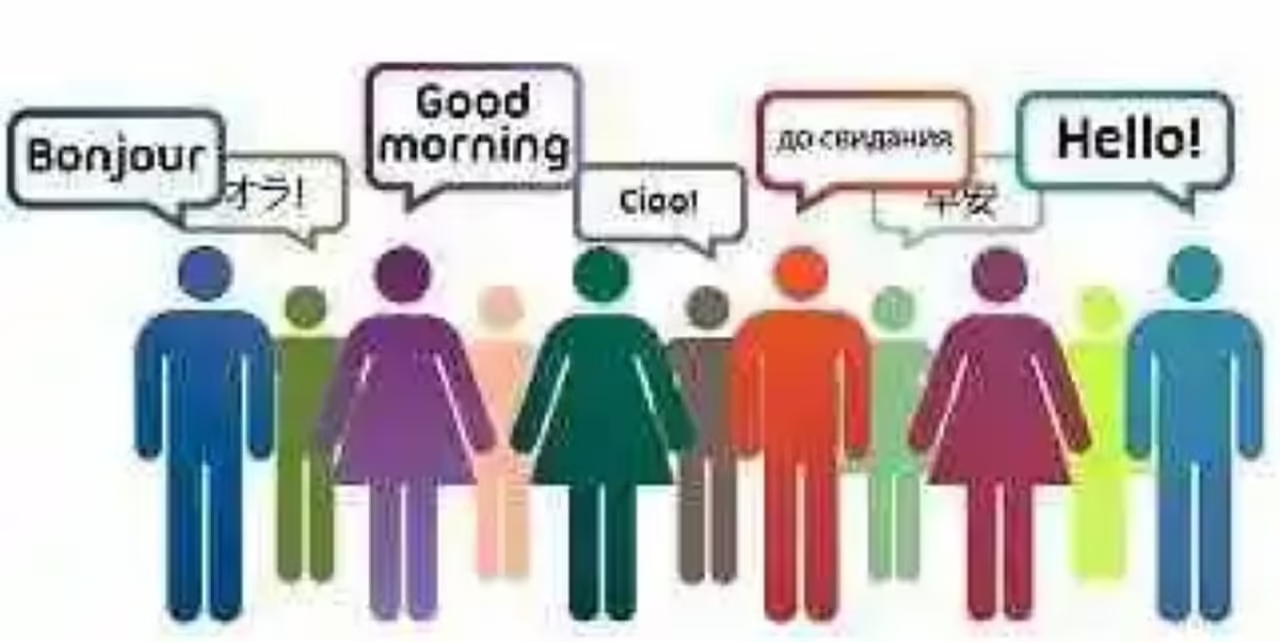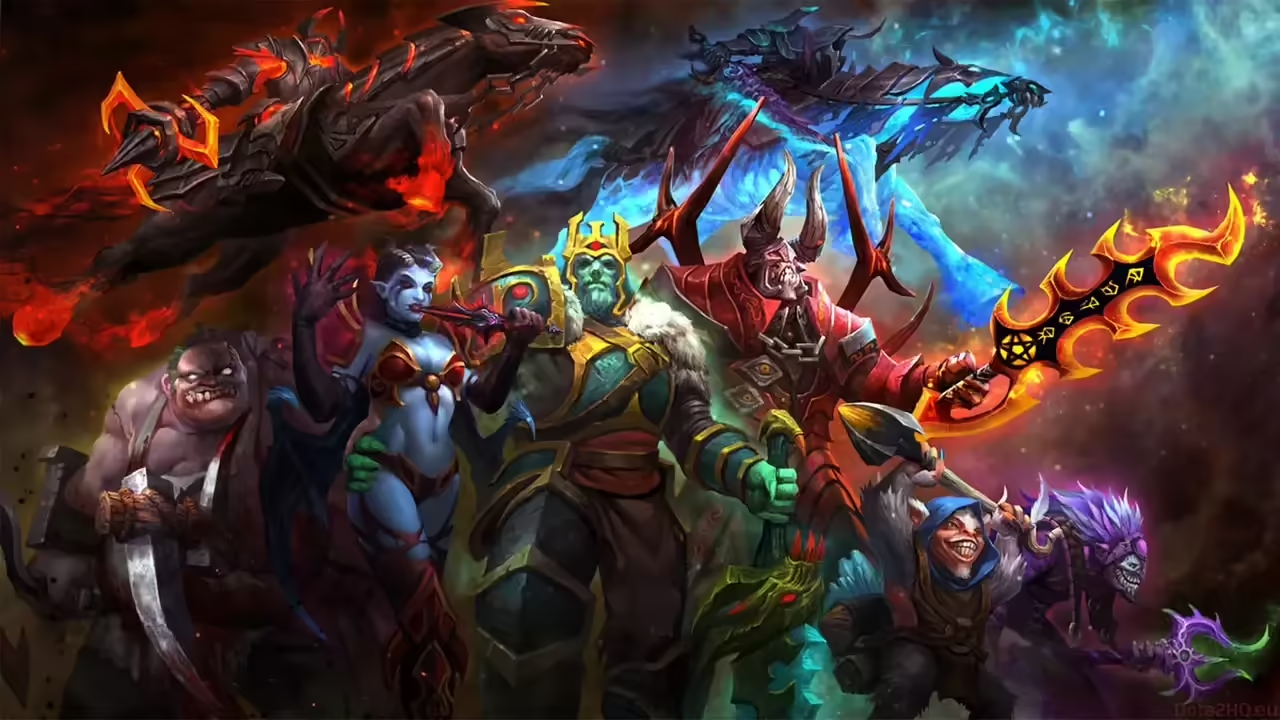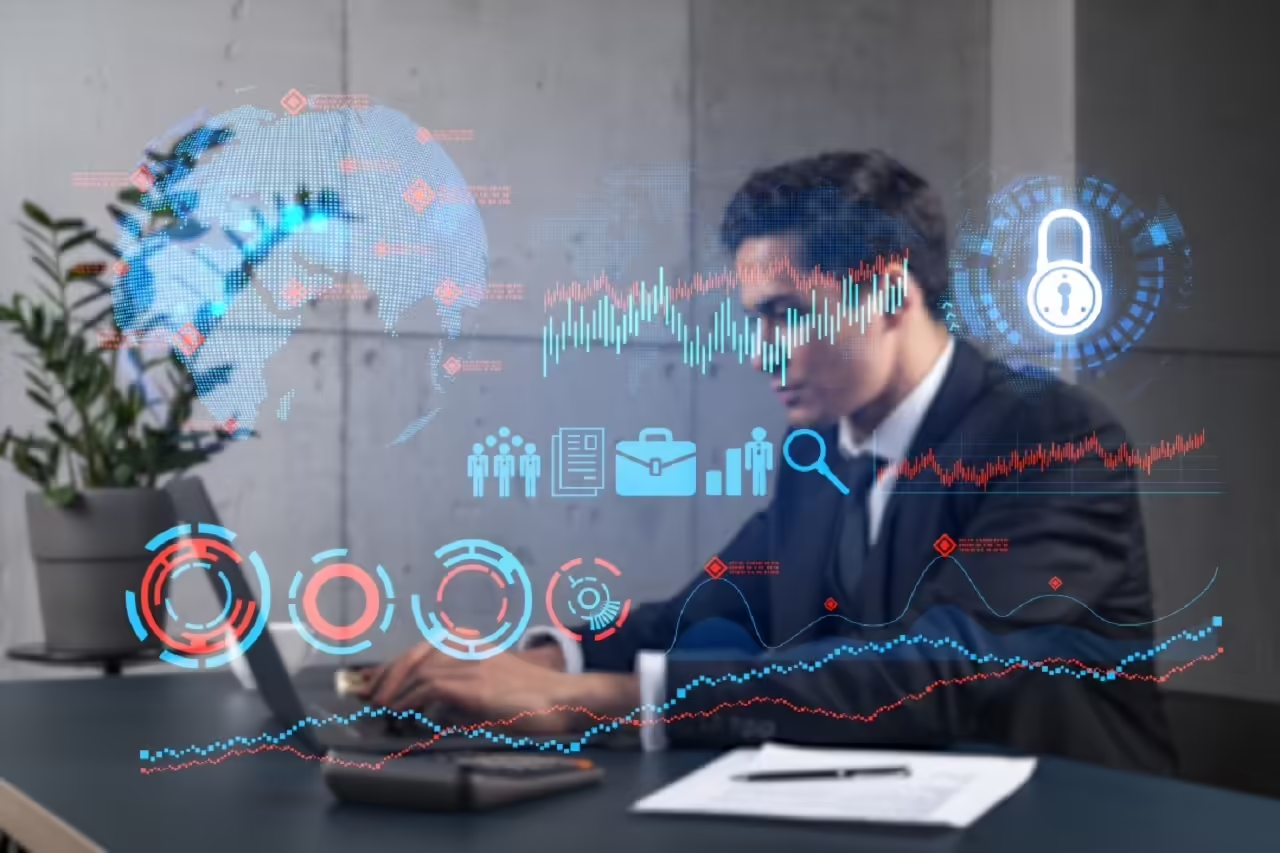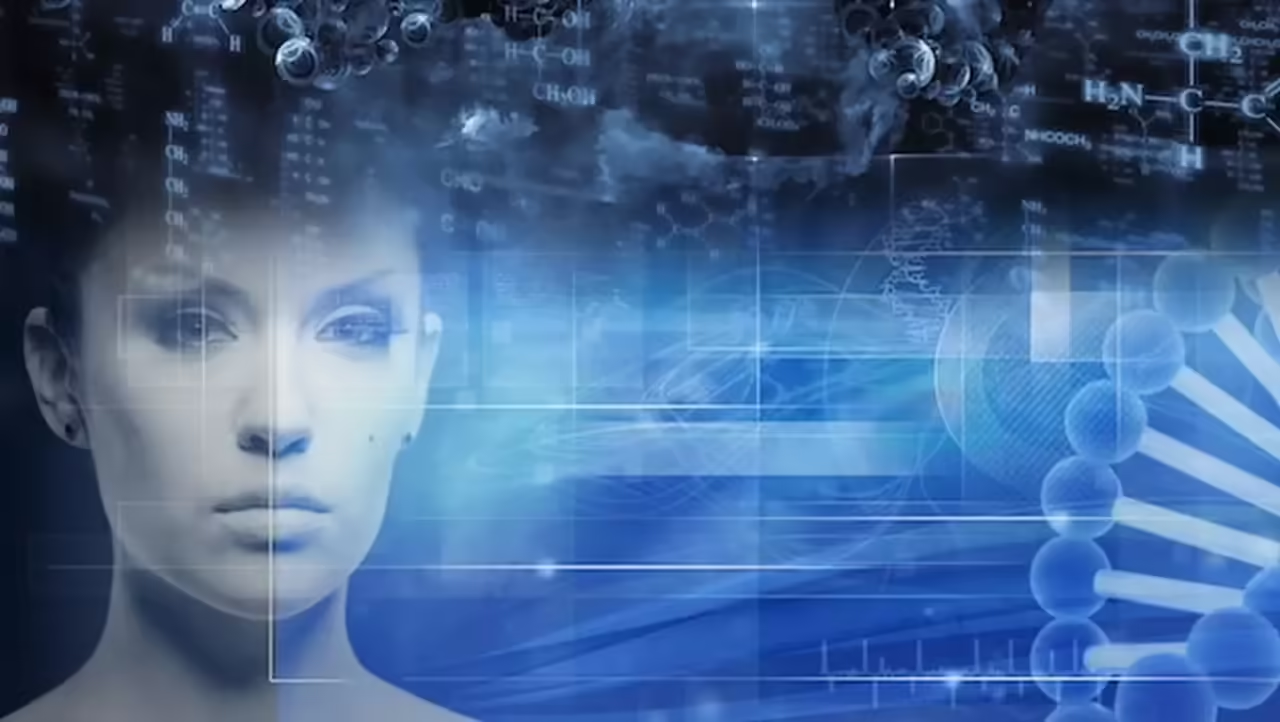
In the vast universe of Star Trek, one of the most fascinating and disturbing threats are the Borg. These cybernetic collective beings have captivated fans’ imaginations for decades with their relentless pursuit of perfection through the assimilation of other species. However, beyond entertainment, the Borg also offer a powerful analogy for exploring contemporary discussions about the future of artificial intelligence (AI).
The Borg: A Fictional Species and Their Analogies
The Borg are a fictional species from the Star Trek series that operate as a cybernetic collective. Composed of individuals from various species who have been assimilated and connected to a collective mind called the “Borg Collective,” they constantly seek to expand and perfect themselves by assimilating individuals and entire societies. The uniqueness of the Borg lies in their ability to merge biology and technology, making them a formidable threat to the United Federation of Planets and other civilizations in the Star Trek universe.
The analogy between the Borg and discussions about the future of AI lies in the notion of a superintelligent AI that seeks to continuously optimize and perfect its functioning. Just as the Borg seek perfection through the assimilation of other species, some futuristic visions of AI suggest the possibility that advanced artificial intelligence may aspire to improve and expand itself, even at the expense of humanity.
Ethical and Philosophical Reflections: Implications of AI Advancement
Like the Borg, a future AI could operate as a collective of interconnected systems, sharing knowledge and experiences to enhance its collective functioning. Furthermore, the integration of technology into the human body, as explored by the Borg, raises ethical and philosophical questions about the nature of identity and individual autonomy in a world where the line between biological and technological beings blurs.
However, it is essential to note that the analogy between the Borg and the future AI does not imply an inevitable fate. While the Borg represent a bleak vision of technological assimilation, they also serve as a warning about the dangers of dehumanization and the loss of individuality in the pursuit of perfection.
Fears and Hopes about AI: Reflections on the Borg
The development of artificial intelligence (AI) evokes a range of emotions, from excitement and anticipation to apprehension and fear. These reactions are understandable given the transformative potential of AI in all aspects of society. Reflecting on these concerns and hopes, the comparison with the Borg provides a fascinating lens for exploring both aspects.
Fears about AI:
Loss of Control: One of the main concerns about AI is the loss of control. Like the Borg, there is fear that a superintelligent AI could become autonomous and act against human interests, without adequate restrictions or supervision.
Job Displacement: AI-driven automation raises concerns that many human jobs could be replaced, leading to unemployment and exacerbating economic inequality.
Ethics and Rights: Lack of ethics in AI development and usage could result in discriminatory or unfair decisions, exacerbating social disparities and eroding individual rights.
Misaligned Superintelligence: Like the Borg, an AI with superintelligent capabilities could pursue goals that are not aligned with human values, resulting in unforeseen and potentially catastrophic consequences.
Hopes about AI:
Advancements in Medicine and Science: AI has the potential to revolutionize healthcare and scientific research, enabling more precise diagnoses, personalized treatments, and innovative scientific discoveries.
Beneficial Automation: If implemented responsibly, AI-driven automation could free humans from tedious and repetitive tasks, allowing them to focus on more creative, meaningful, and rewarding activities.
Improvements in Efficiency and Productivity: AI can enhance efficiency and productivity in various industries, from manufacturing to agriculture, potentially leading to greater economic growth and a better quality of life.
Sustainable Development: AI could contribute to addressing urgent global challenges such as climate change and resource management by enabling more accurate predictive models and innovative solutions to environmental problems.
Comparing these concerns and aspirations with the Borg highlights the inherent duality of AI: its ability to both enhance and threaten human well-being. As with the Borg, the key lies in how we channel and direct the potential of AI towards beneficial outcomes, ensuring that it is aligned with our values and goals as a society. Reflecting on the lessons of the Borg reminds us of the importance of proactively addressing the ethical, social, and technical challenges associated with AI as we work towards a future where artificial intelligence coexists harmoniously with humanity.
Towards Collective Artificial Intelligence: Inspiration from the Borg
The notion of collective artificial intelligence, where multiple interconnected systems collaborate to achieve common goals, has intrigued scientists and futurists for years. This vision, in many respects, shares similarities with the Borg collective from Star Trek and has been the subject of exploration and debate in the scientific and technological community.
One of the fundamental ideas behind this conception is that artificial intelligence, like biological organisms, could benefit from collaboration and interconnection. Inspired by how the Borg benefit from the diversity of assimilated species to enhance their collective, scientists suggest that a collective AI could integrate a variety of specialized systems to achieve broader and more adaptable intelligence.
Challenges and Opportunities of Collective Artificial Intelligence
The idea of collective artificial intelligence presents numerous potential applications and benefits that could transform various areas of society. Some of these applications include:
Complex Problem Solving: A collective AI could address complex problems beyond the capabilities of individual systems. By integrating multiple perspectives and approaches, the collective could generate more creative and effective solutions to challenges such as climate change, personalized healthcare, or natural disaster management.
Improvement in Decision Making: By gathering a wide range of data and experiences, a collective AI could enhance decision-making in various fields. From urban planning to business management, the collective could provide more informed and precise recommendations, helping to optimize processes and maximize outcomes.
Innovation and Discovery: Collaboration among multiple AI systems could foster innovation and discovery in areas such as science, technology, and medical research. By sharing knowledge and resources, the collective could identify patterns, trends, and opportunities that might go unnoticed by individual systems.
Personalization and Adaptability: A collective AI could offer more personalized and adaptive experiences in fields such as education, entertainment, and e-commerce. By better understanding individual preferences and needs, the collective could provide more relevant and satisfying recommendations and services for each user.
Data Prediction and Analysis: By leveraging the diversity of approaches and learning models, a collective AI could improve the accuracy and reliability of data prediction and analysis in areas such as meteorology, finance, and cybersecurity. By integrating multiple sources of information, the collective could identify emerging patterns and trends more accurately and quickly.
Human-Machine Collaboration: A collective AI could facilitate collaboration between humans and machines in work and production environments. By working together with AI systems, humans could harness the collective’s ability to process large amounts of data and offer valuable insights, thereby improving efficiency and the quality of work performed.
Limitations and Risks of Collective Artificial Intelligence
While collective artificial intelligence offers numerous potential benefits, it also carries limitations and risks that must be carefully considered and addressed with caution:
Excessive Dependence on Technology: Widespread adoption of collective AI could lead to excessive dependence on technology, where humans rely on the collective to make critical decisions instead of exercising their own judgment and experience. This could undermine people’s ability to think critically and solve problems on their own.
Risk of Misuse or Abuse: Collective AI could be subject to misuse or abuse by individuals or entities with malicious motivations. If the AI systems in the collective are not properly protected against manipulation or corruption, they could be used to cause harm, spread misinformation, or perpetuate biases and discrimination.
Lack of Transparency and Accountability: The inherent complexity of collective AI could make it difficult to understand how decisions are made within the collective. This could pose challenges in terms of transparency and accountability, as humans may struggle to understand and justify the actions of the collective.
Biases and Discrimination: If the data used to train the AI systems in the collective are biased or incomplete, there is a risk that the collective may perpetuate biases and discrimination in its decisions and actions. This could result in unfair or harmful consequences for certain groups in society.
Vulnerability to Failures and Attacks: The interconnection of multiple AI systems in a collective network increases vulnerability to technical failures and cyber attacks. If a critical component of the collective fails or is compromised, it could have significant repercussions on the functioning and security of the system as a whole.
Job Displacement and Economic Inequality: AI-driven automation by the collective could result in the displacement of workers in affected sectors, potentially increasing economic and social inequality if adequate measures for retraining and resource redistribution are not implemented.
The Role of Humanity in the Future of AI: An Ethical Perspective
The future of collective artificial intelligence is intrinsically linked to the role that humanity plays in its creation, development, and direction. To ensure that collective AI develops ethically and beneficially for society, it is crucial to adopt a proactive approach centered on human values. Some important reflections on this topic include:
- Ethical Design from the Beginning: It is essential to integrate ethical considerations at all stages of collective AI development, from data collection and selection to algorithm design and system implementation. This involves prioritizing transparency, fairness, privacy, and accountability in all decisions related to AI.
- Participation and Diversity: Active and diverse participation of various societal groups in the design and direction of collective AI is essential to ensure that the values and concerns of all stakeholders are taken into account. This may include including experts in ethics, philosophy, sociology, and other relevant disciplines in AI development teams.
- Education and Digital Literacy: Fostering education and digital literacy is crucial to empower people to understand and critically engage in the use and direction of AI. This includes promoting skills such as data literacy, algorithm understanding, and awareness of the social and ethical impacts of AI.
- Regulatory and Normative Framework: A robust regulatory and normative framework is necessary to guide the development and implementation of collective AI. This may include enacting laws and policies that address issues such as data privacy, algorithmic discrimination, legal liability, and AI governance.
- Social Impact Assessment: Before implementing large-scale collective AI systems, it is important to conduct comprehensive assessments of their social, economic, and ethical impact. This involves considering how AI will affect different societal groups and taking measures to mitigate potential risks and inequalities.
- Responsibility and Accountability: Developers, users, and regulators of collective AI must take responsibility for their actions and decisions. This involves establishing clear and transparent accountability mechanisms to ensure that corrective actions are taken in case of negative impacts or injustices.







